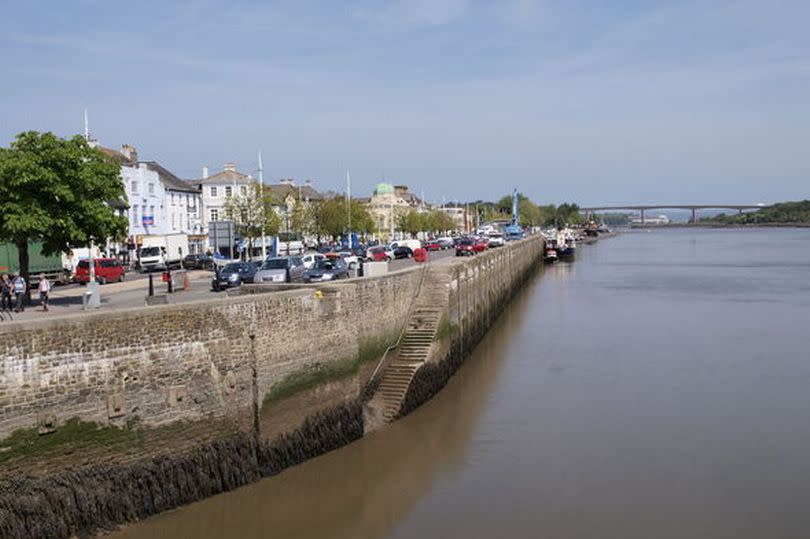'Pretty' English village that was the setting of brutal witch trial

The charming coastal village of Bideford in North Devon, famed for its historic markets, cobbled lanes and the statue of Tarka the Otter, hides a sinister history. In 1682, it became one of the last places in England to execute women for witchcraft.
Bideford was a key player in the transatlantic trade route during this period, boasting an economy that could compete with London and other major cities. This wealth led to overcrowding and disease, possibly stoking superstitious beliefs.
By the late 17th century, witch hunting was largely on the wane, with many trials ending in acquittal. However, this was not the destiny of three Bideford women accused of witchcraft in 1682.
READ MORE: The ancient UK village abandoned over 1,000 years ago with ruins you can visit
Five women were put on trial for witchcraft, three of whom were beggars, while the other two hailed from local families. In a stark demonstration of the era's classism, the two women from families were acquitted, while the other three were hanged.
The three women who met their fate at the gallows were Susanna Edwards, Welsh migrant Temperance Lloyd and Irish migrant Mary Trembles, reports the Express.

Temperance was accused of witchcraft by a local shopkeeper, Thomas Eastchurch, after his sister-in-law, Grace Thomas, fell ill. Thomas claimed that he had heard Temperance confess to being a witch and that she had been tempted by the devil to torment Grace.

Susanna and Mary were accused of witchcraft by another woman named Grace Barnes who was suffering from an illness. She alleged that the two women had caused her sickness.
The allegations were backed by a local resident, William Edwards. Called to testify against the women, William alleged that he had heard Susanna confessing that the devil had carnal knowledge of her body and that she and Mary had plotted to make Grace ill.
Another woman, Joan Jones, gave evidence that she had overheard Mary asking Susan about becoming a witch.
During their trial and incarceration, all three women falsely admitted to the crime of witchcraft. They met their end in Exeter on August 25, 1682, with their bodies laid to rest in unconsecrated graves.

 Yahoo News
Yahoo News 
